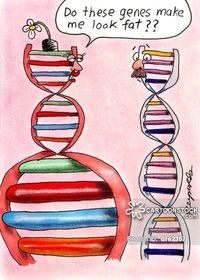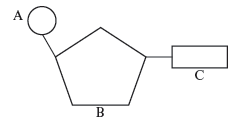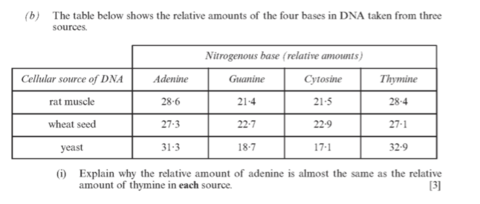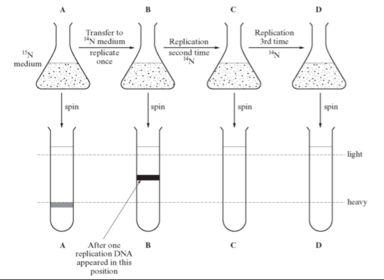AS - Level Biology (Nucleic acids and their functions) Flashcards on Nucleic acids - questions and answers, created by Emily Sutton on 29/02/2016.
Pinned to
351
7
0
No tags specified

|
Created by Emily Sutton
over 8 years ago
|
|
Close







